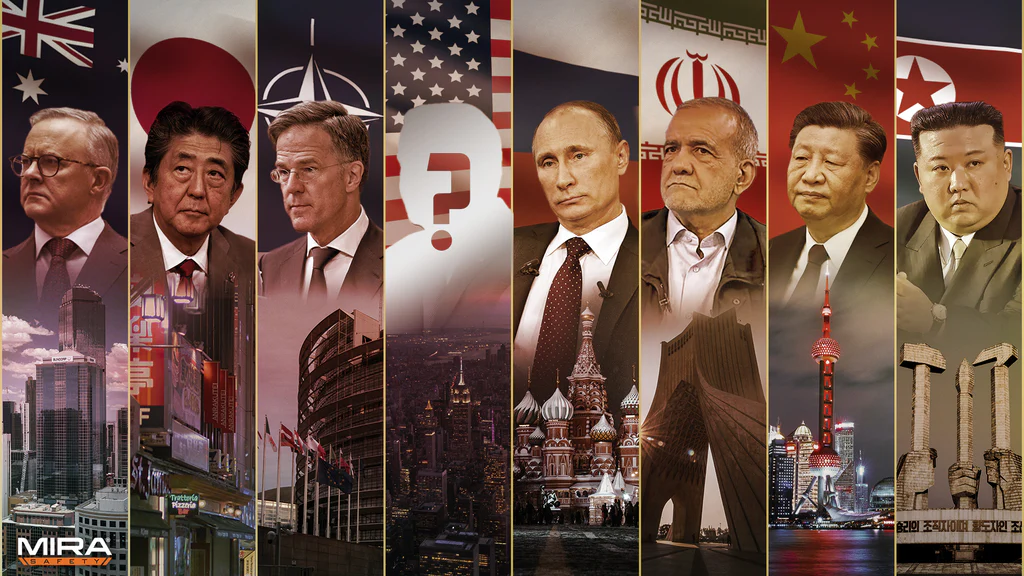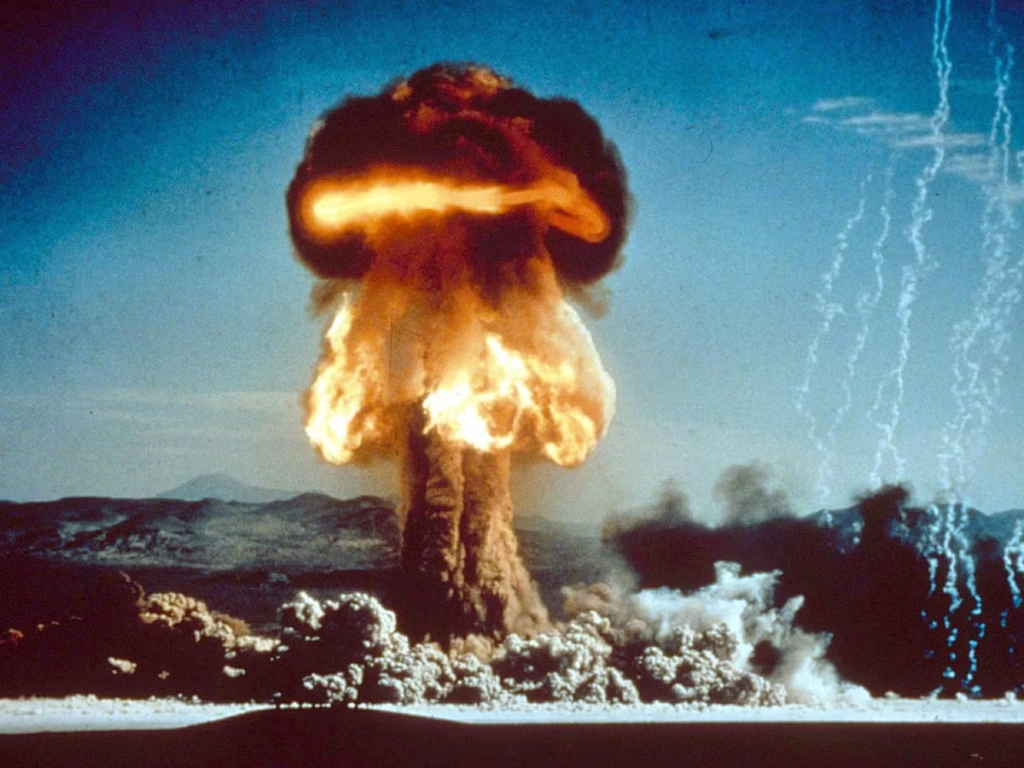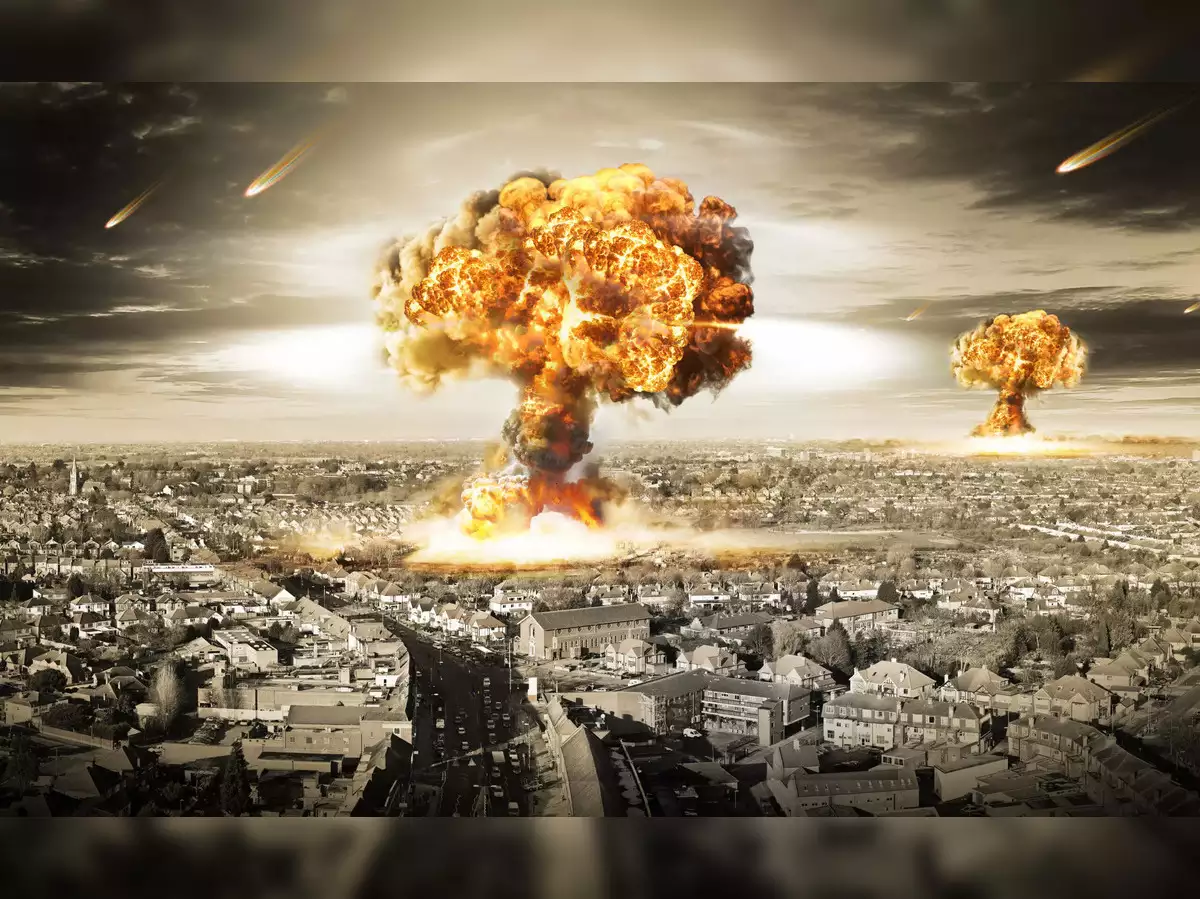In recent weeks, the internet has exploded with the term World War 3. From trending hashtags to viral memes, it seems like everyone is talking about the possibility of another global conflict. But what’s really going on behind the screens?

The recent escalation between Iran and Israel, alongside ongoing tensions in Ukraine, Taiwan, and North Korea, has raised concerns worldwide. But interestingly, instead of panic, much of Gen Z is reacting with memes, jokes, and dark humor—turning war into a surreal social media phenomenon.
Let’s explore how World War 3 became an online sensation, whether the threat is real, and how people are coping with the chaos.
Iran vs. Israel: What Sparked the World War 3 Talks?
The fears around World War 3 reignited after a recent Israeli airstrike reportedly targeted Iranian military bases, including nuclear sites. Iran responded with strong statements and threats, escalating regional tensions dramatically.
These developments triggered concerns that a larger conflict could involve allies like the United States, Russia, and NATO countries—leading to a full-blown world war. While experts say global war is still unlikely, the fear of miscalculation is very real.
How Memes Became a Coping Mechanism for Gen Z

Rather than traditional media coverage, the term World War 3 exploded on platforms like TikTok, X (Twitter), and Instagram. Young people began posting absurd, sarcastic, and even hilarious memes about being drafted, escaping to Canada, or making peace via K-Pop fandoms.
This isn’t just humor—it’s a digital coping mechanism. For a generation raised during pandemic lockdowns, political instability, and climate anxiety, memes offer a way to make sense of chaos. It reflects fear, yes—but also emotional resilience and solidarity.
Are We Really on the Brink of World War 3?
The answer, thankfully, is no—at least not yet. While tensions are dangerously high in several regions, experts emphasize that modern international diplomacy, nuclear deterrence, and economic interdependence make a full-scale World War 3 highly unlikely.
But the risk of regional wars intensifying remains serious. The Middle East, Eastern Europe, and East Asia are all geopolitical powder kegs. A single wrong move, especially involving superpowers, could trigger unintended consequences.
The Role of Social Media in Shaping War Narratives
In this digital age, social media doesn’t just report on conflict—it shapes it. The term World War 3 going viral shows how fast online trends can influence public perception. It also raises ethical questions: Are memes trivializing real suffering? Or are they spreading awareness in a language the new generation understands?
Either way, online platforms are now central to how wars are discussed, imagined, and emotionally processed—especially among younger users.
Final Thoughts: What Can We Learn from This?
The viral rise of World War 3 memes reveals something deeper than just humor. It’s a reflection of a world in flux—one filled with uncertainty, fear, but also creativity and hope.
Whether or not a world war is truly near, what’s clear is that today’s generation is rewriting the rules of how conflict is experienced and expressed. And maybe, by laughing together online, they’re also finding new ways to resist despair.
🙋 What You Can Do
- Stay informed from credible news sources.
- Avoid spreading panic or misinformation.
- Use social media responsibly.
- Talk to friends and family about global issues—don’t bottle up your fears.
Related Posts:
Iran and Israel Conflict: The Full History, Cause, and Current Situation
Share this:
- Click to share on Facebook (Opens in new window) Facebook
- Click to share on X (Opens in new window) X
- Click to email a link to a friend (Opens in new window) Email
- Click to share on Telegram (Opens in new window) Telegram
- Click to share on Threads (Opens in new window) Threads
- Click to share on WhatsApp (Opens in new window) WhatsApp








